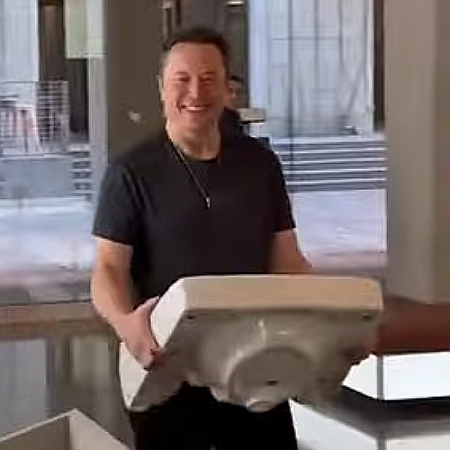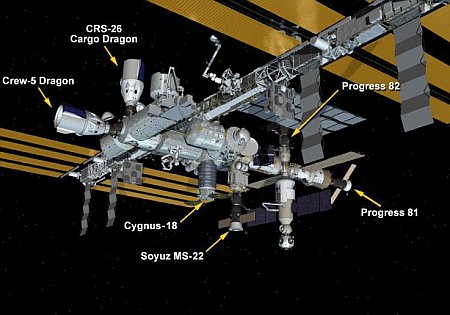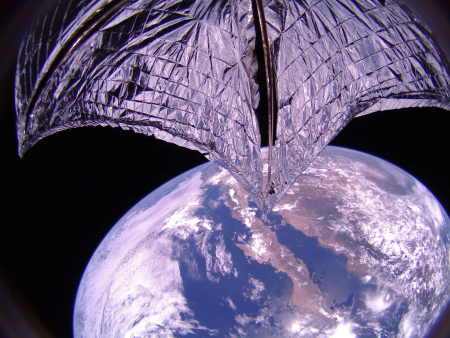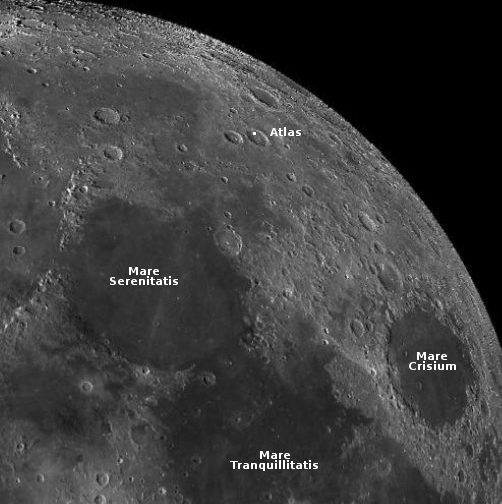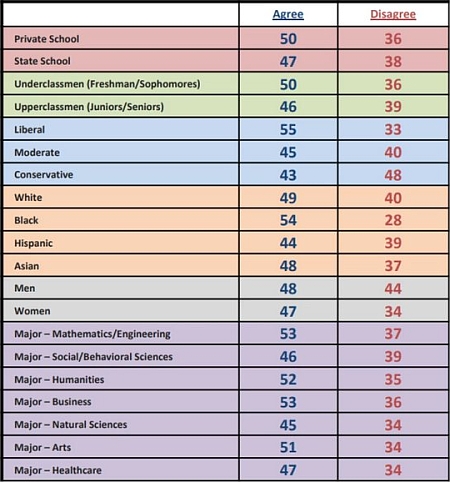Hungary has budgeted $100 million to fly a Hungarian astronaut on a 30 day mission to ISS, arranged as a private mission though the American space company Axiom.
“This is a program which is being carried out with the cooperation of the American company Axiom Space and its extent is $100 million,” said [Péter Szijjártó, Hungarian foreign minister,] of the initiative. “This will end up in a 30-day-long research mission of a Hungarian astronaut with three other astronauts at the end of 2024 or beginning of 2025, depending on what time NASA confirms access to the International Space Station.”
NASA has yet to award missions to Axiom Space beyond its Ax-2 mission scheduled for the spring of 2023, but is evaluating proposals for two private astronaut missions that could include an Axiom Space flight in that timeframe.
It is clear that negotiations for arranging this mission between Axiom, NASA, and Hungary are on-going. Based on Szijjártó’s description, it is possible that the Hungarian astronaut could fly on a dedicated private Axiom mission to ISS, with two other paying passengers and an Axiom commander, or fly as an extra passenger on a normal ISS crew rotation flight. Furthermore, the ’24 or ’25 launch date suggests the vehicle might not be a Dragon capsule. By that time Boeing’s Starliner should be operational, thus giving Axiom and NASA an alternative. That time frame also corresponds to about when Axiom hopes to launch and dock its own module to ISS.
Nor is Hungary the only foreign country that has signed a deal with Axiom for a manned flight. Both Turkey and Saudi Arabia have agreements as well.
All told, the biggest obstacle right now to this new market is the number of ports on ISS. It seems Axiom has a strong incentive to get its own module launched and attached to ISS as soon as possible, if only to increase the docking ports available for these flights.
